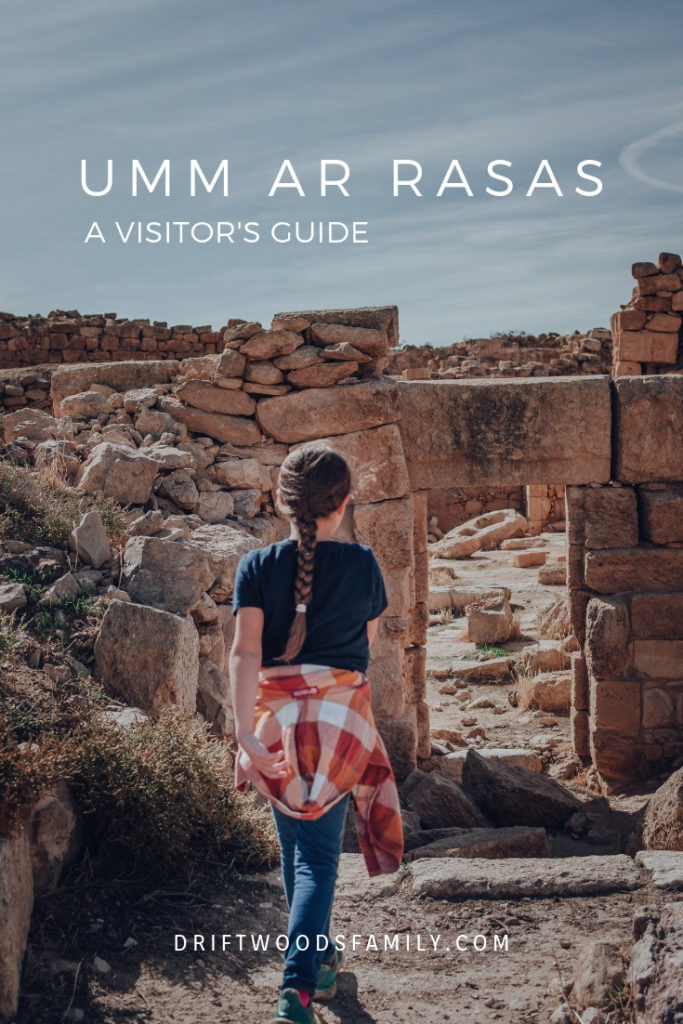
Umm ar Rasas was once a Roman garrison town built in AD 300 for the Roman Legion. It was in a line of other forts built to defend Rome’s far reaching border. Today it is a designated UNESCO World Heritage site and stands (albeit in crumbling form) as an example of Roman life as it once was in its outpost regions.
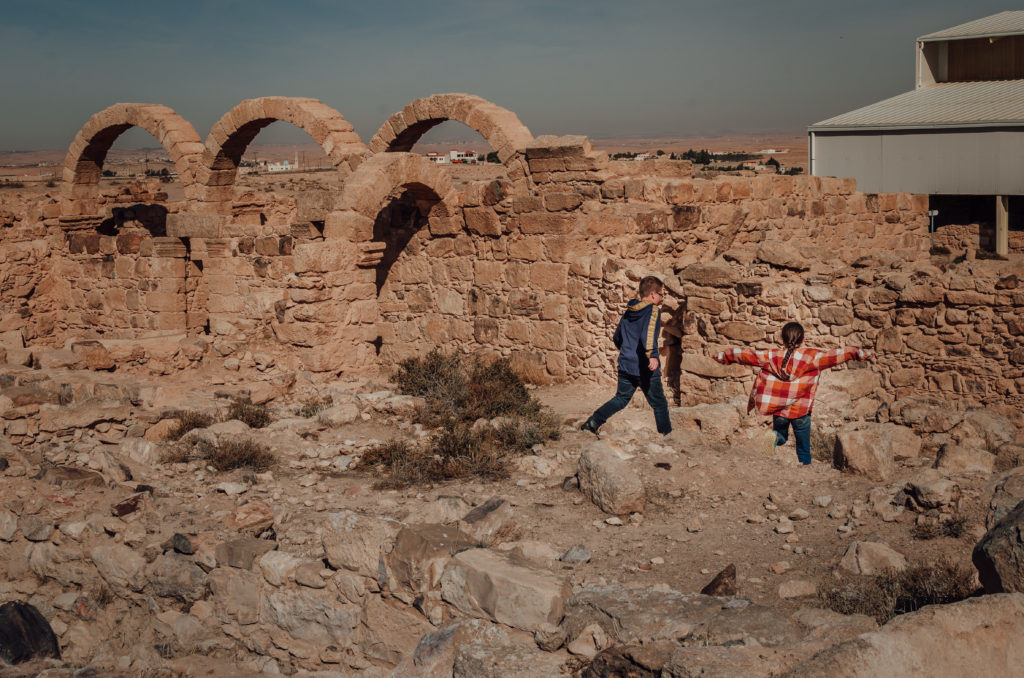
How To Get to Umm ar Rasas
Umm ar Rasas is 32 km south of Madaba and 15 km off of the King’s Highway. It is situated equidistant between the King’s Highway and the Desert Highway making for a great stop on a King’s Highway road trip from Madaba to Wadi Musa. For a road trip itinerary, see our King’s Highway Road Trip Guide here.
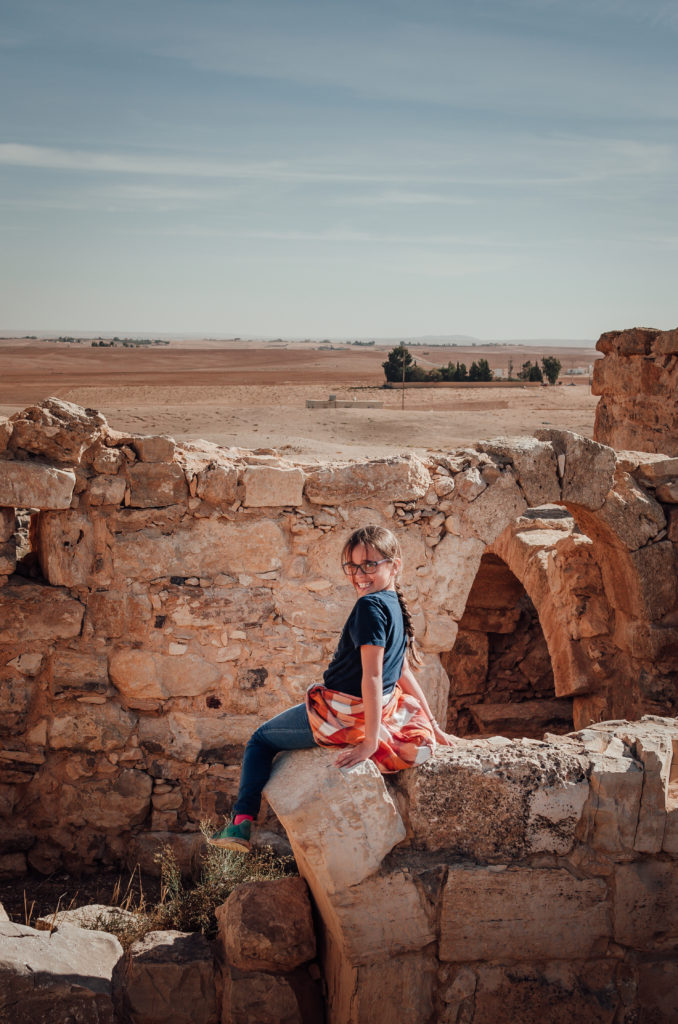
Tickets
Tickets can be purchased at the main office or you can enter using your Jordan Pass. If you are going to be in Jordan for 3 consecutive days or more, we recommend getting the Jordan Pass. It must be purchased before arriving in Jordan, but the pass includes your entry visa to Jordan as well as entry to countless historical ad archaeological sites throughout the country. It is a huge money saver!
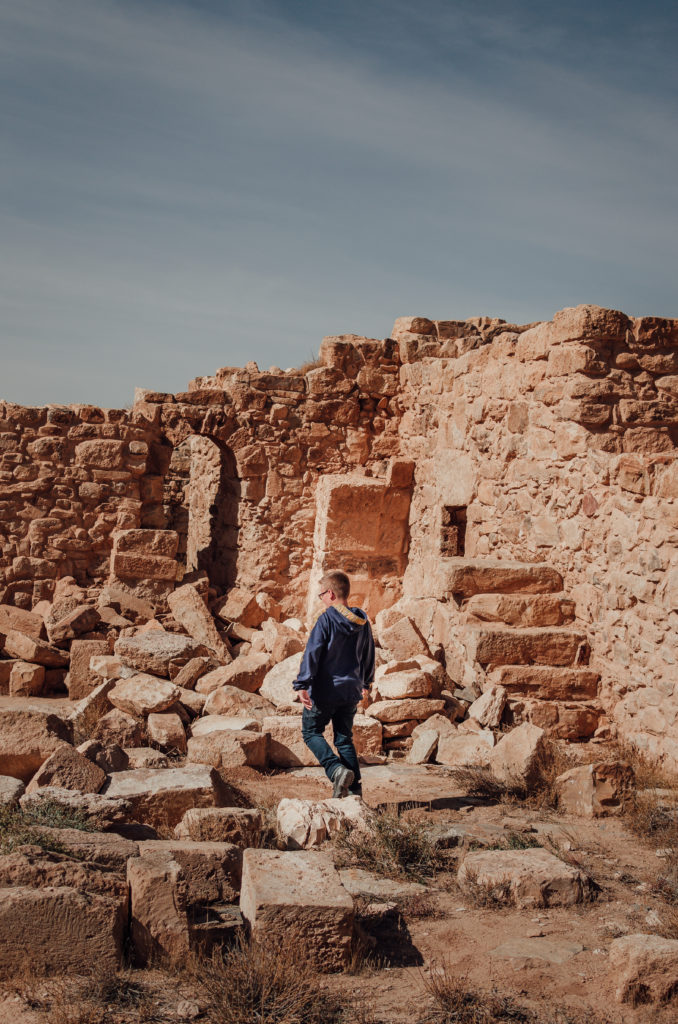
Sites to See in Umm ar Rasas
The first thing we noticed when visiting Umm ar Rasas is that you are free to wander and walk anywhere and everywhere. This freedom needs to be respected as many of the sites are crumbling and in need of restoration. In particular, the mosaic floors of the smaller churches are completely uncovered and exposed to the elements and over-tourism. There are no restrictions for walking on them and as a result are crumbling away. We were very careful to not cause further damage!

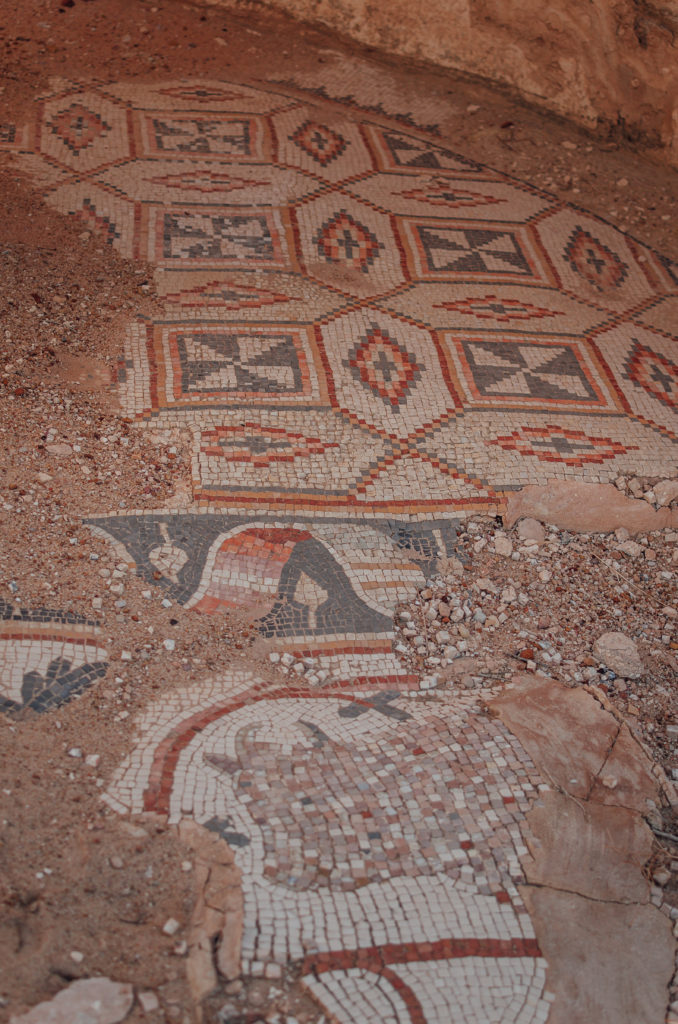
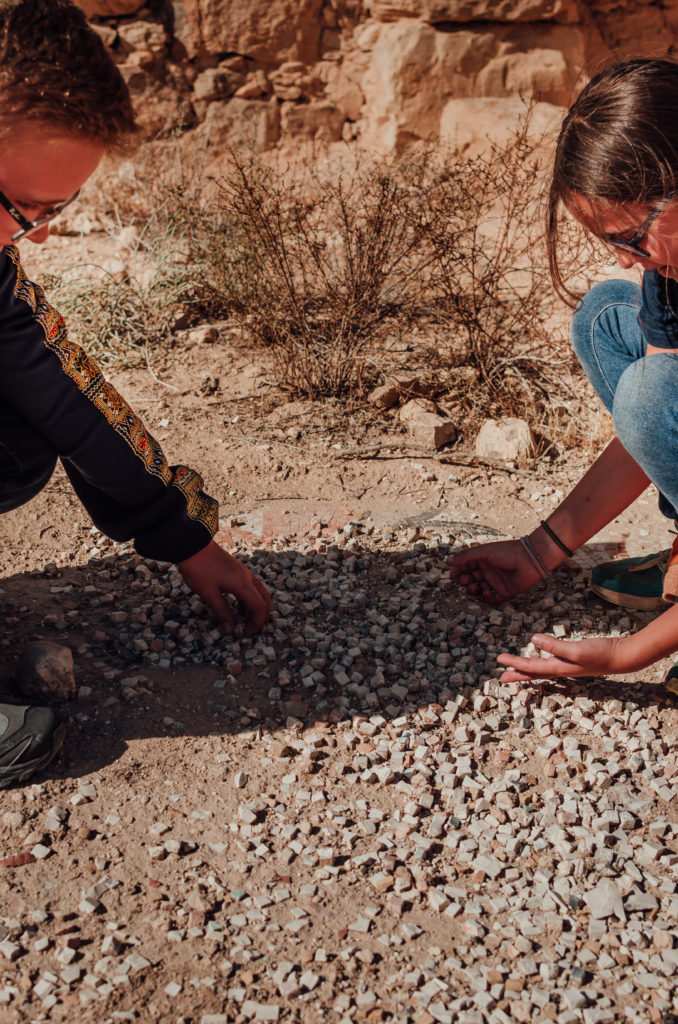
There are also uncovered wells and holes that are unmarked, so exercise caution!! All of that being said, the freedom to explore this ancient city sparked the kids’ imaginations and brought this ancient city to life!
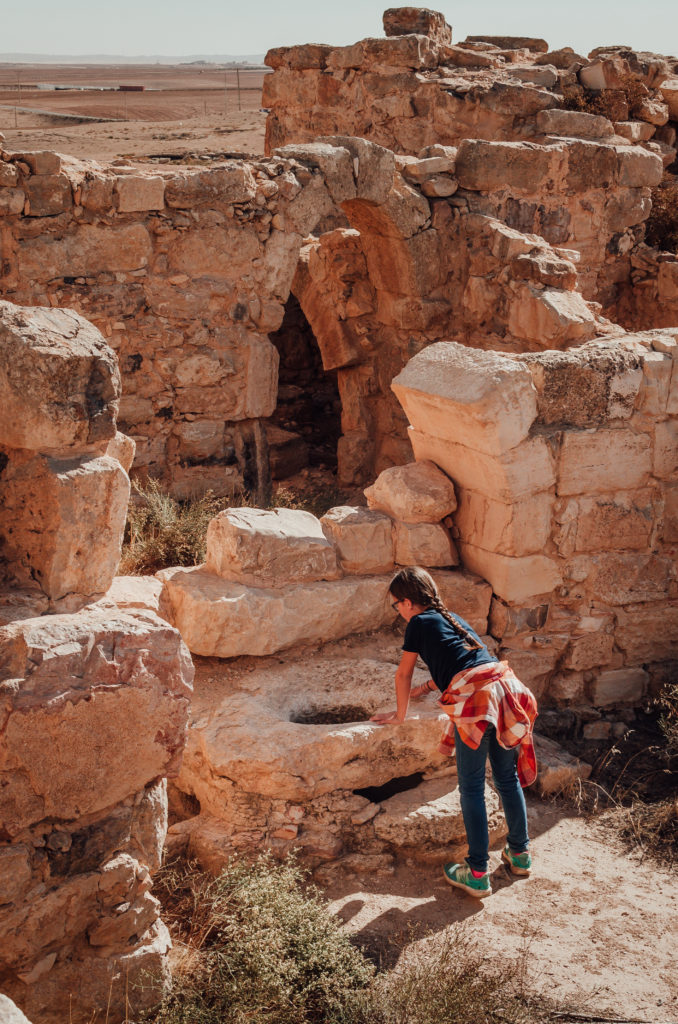
Church of St. Stephen
The ruined Byzantine church of St Stephen is protected by a large hanger and houses magnificent mosaics dating back to AD 785. This is the only place in the site that is protected and visitors are not permitted to walk on the mosaic floors. There are raised walkways throughout the hanger that offer great views.
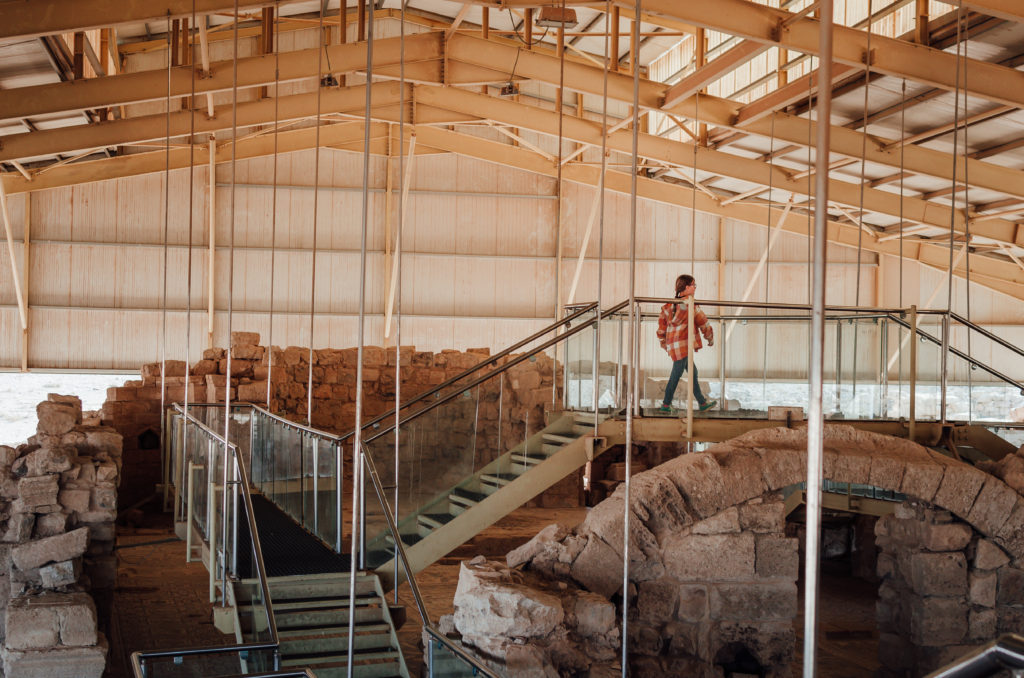
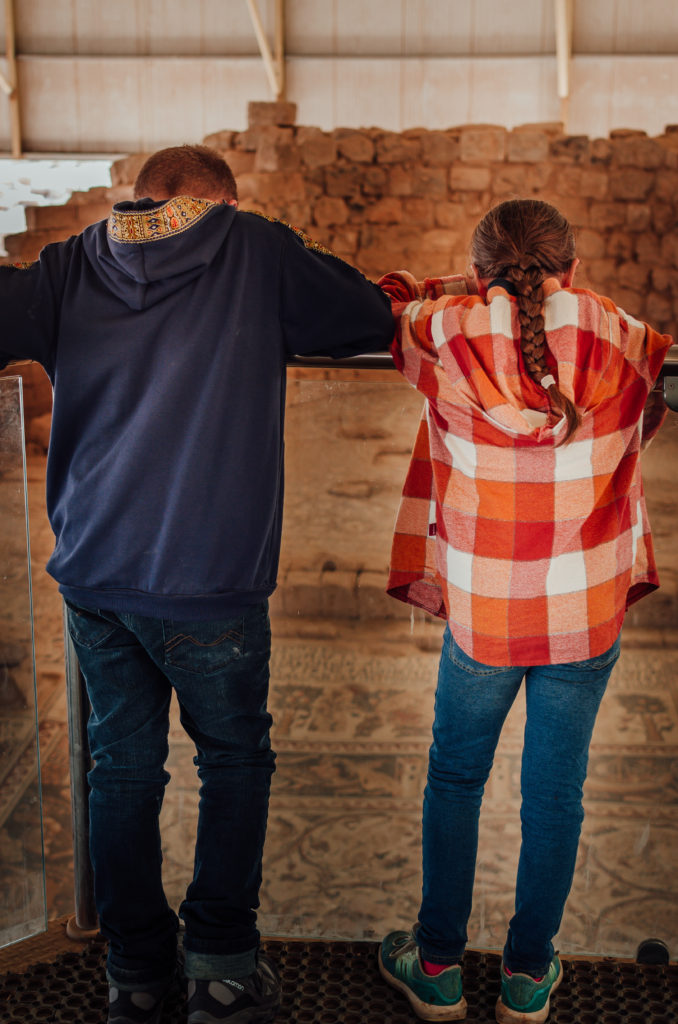
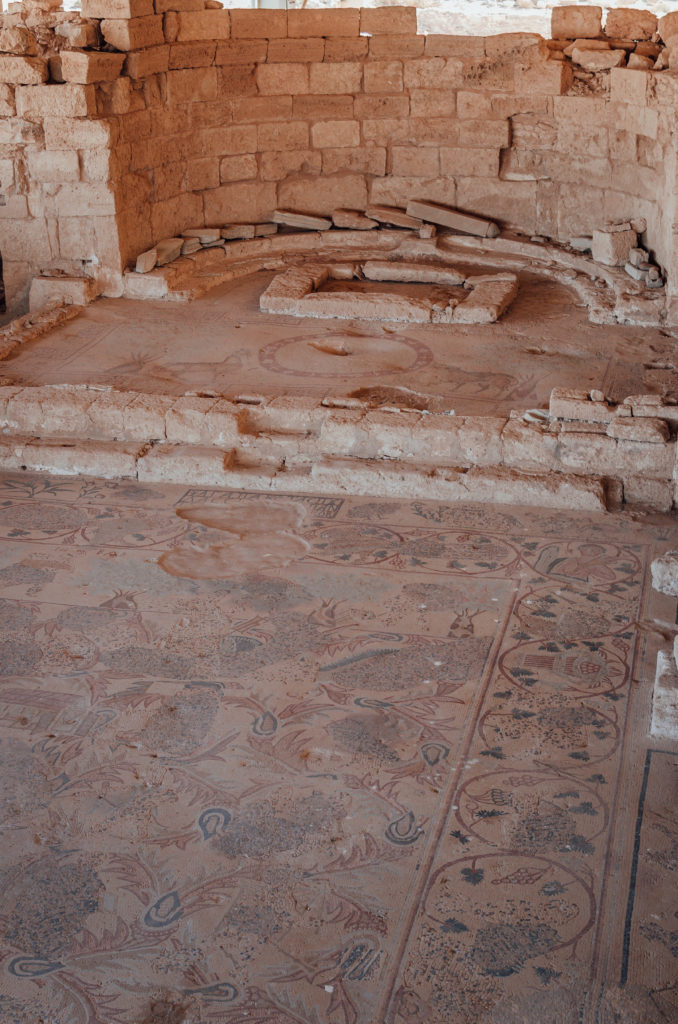
There are depictions of hunting, fishing, agriculture and daily life. Our favourite were the boat scenes!
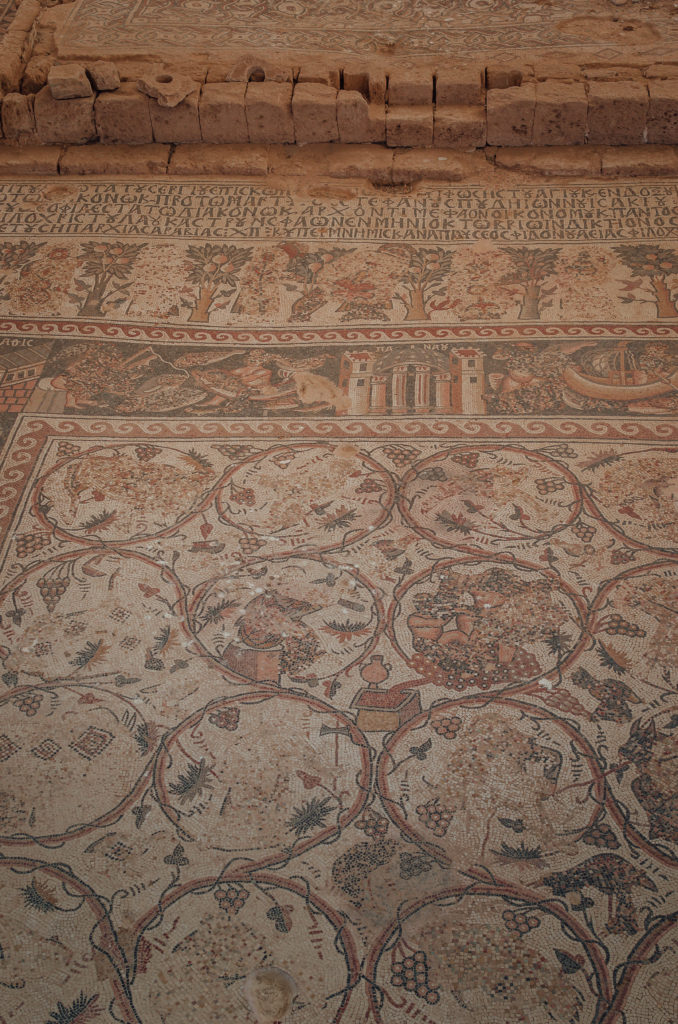
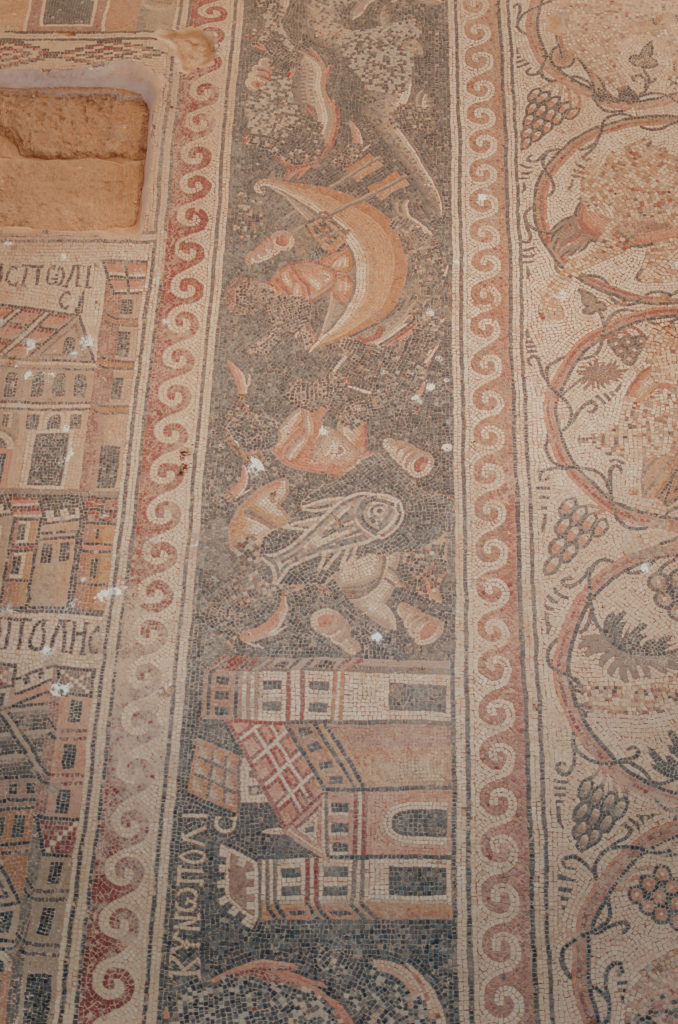
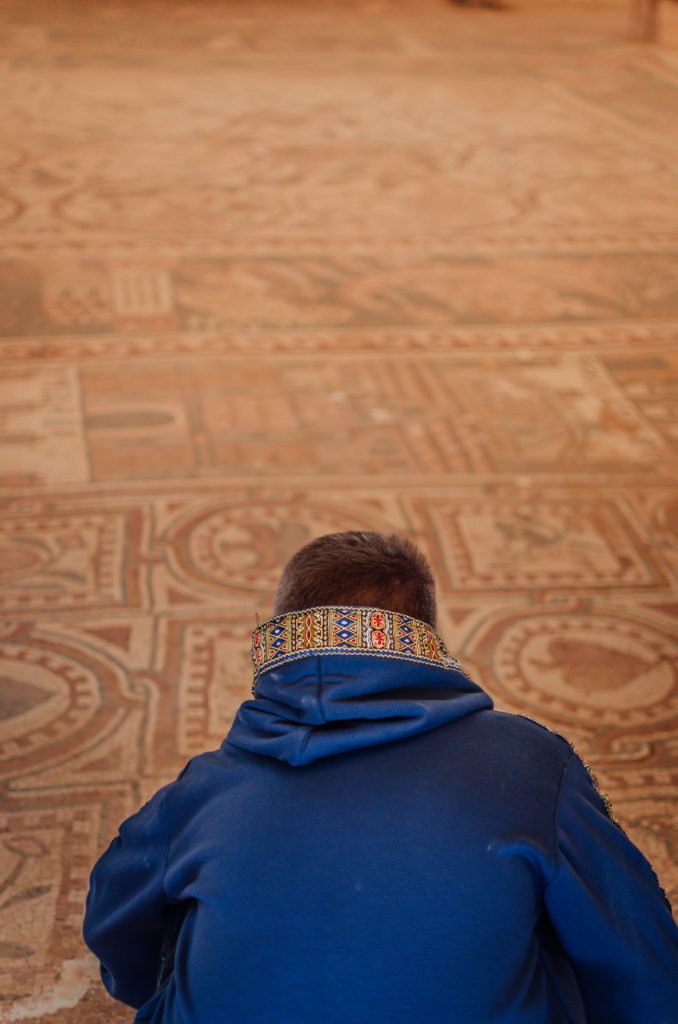
Church of the Lions, Church of the Rivers, Church of the Palm Tree
These smaller Byzantine churches are named for their signature mosaic floor patterns. Each church is in differing states of ruin but each is beautiful and distinct in its own way. Just be careful to protect those mosaic floors!!
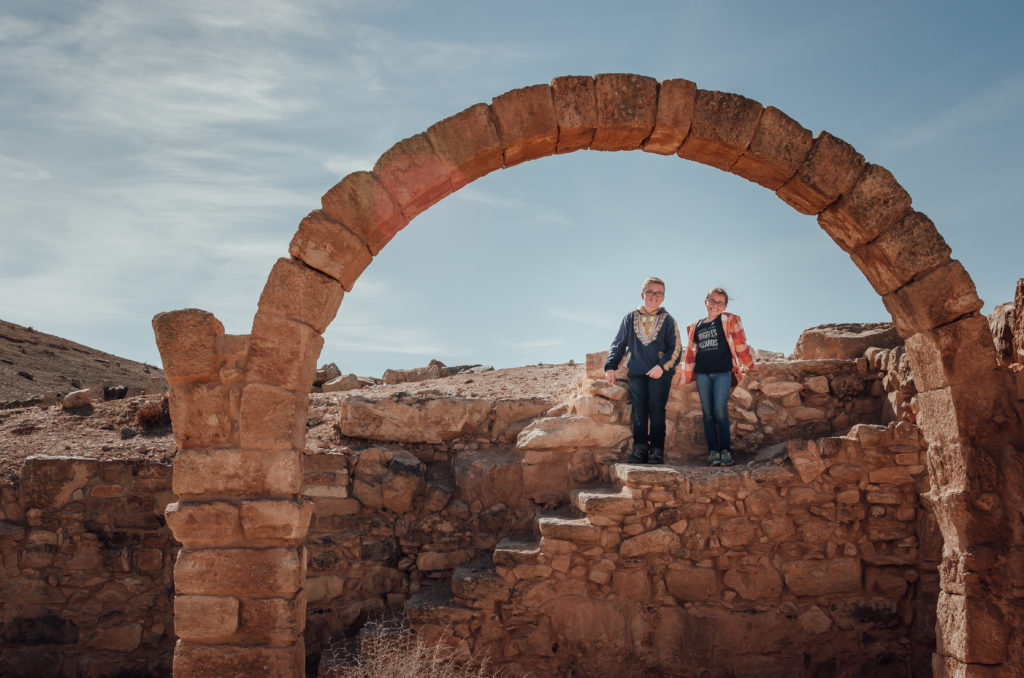
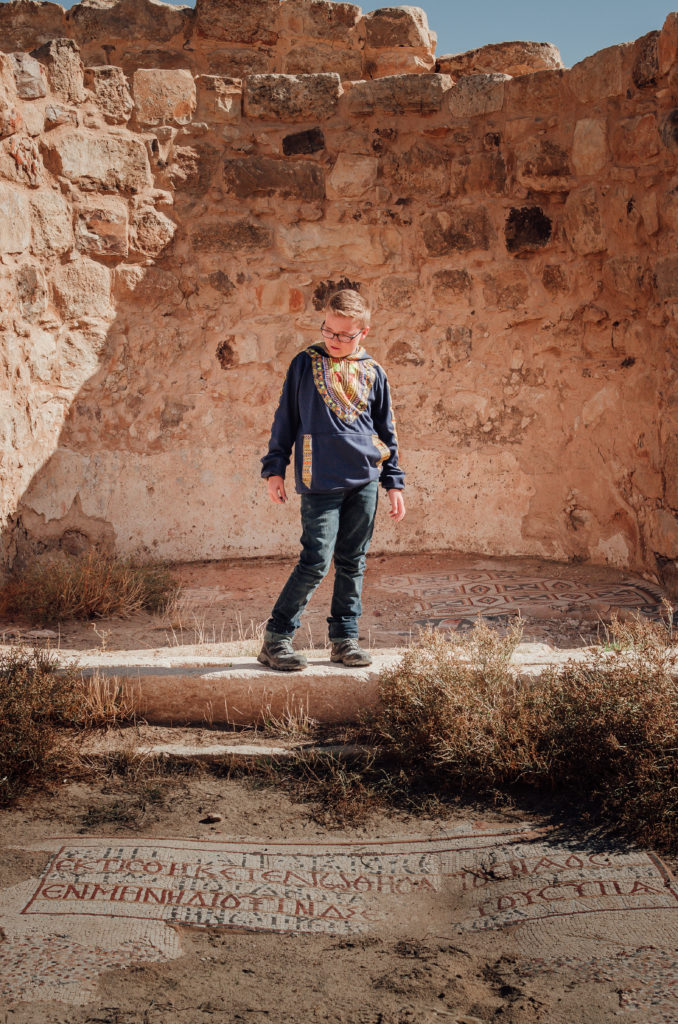
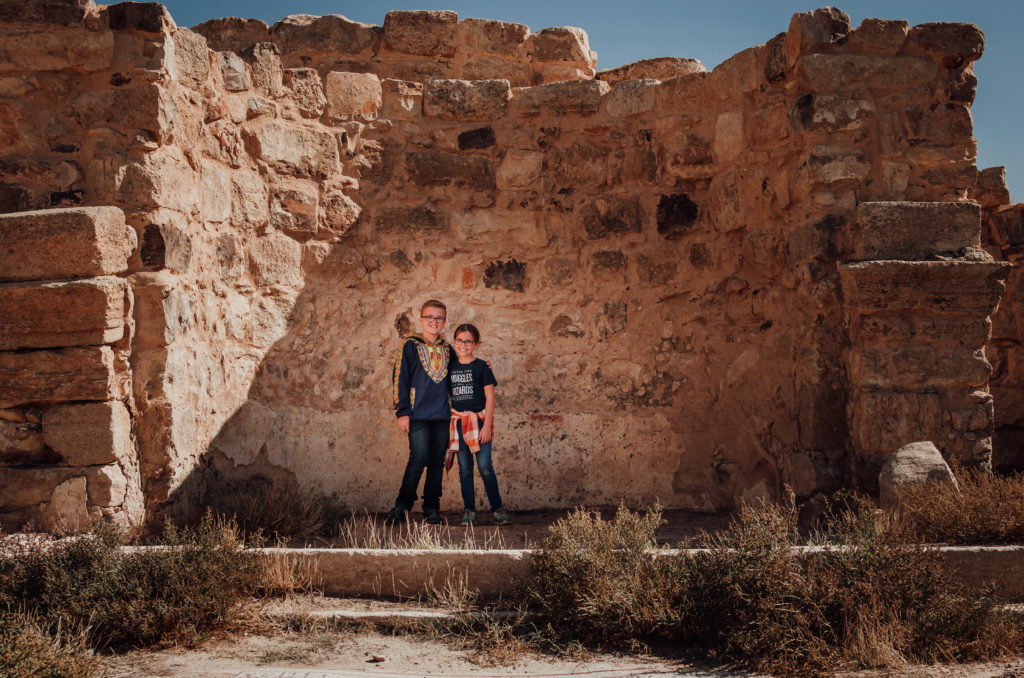
City Ruins
The remainder of the site includes the remains of the city itself. The city walls still stand in places and door lintels from so many homes still welcome you in. There are cisterns and wells and winding lanes. Arches rise up amidst the rubble. This is where things really came to life for us! The kids were able to really grasp what life might have been like for the Roman soldiers and their families as they entered the homes and let their imaginations run wild!
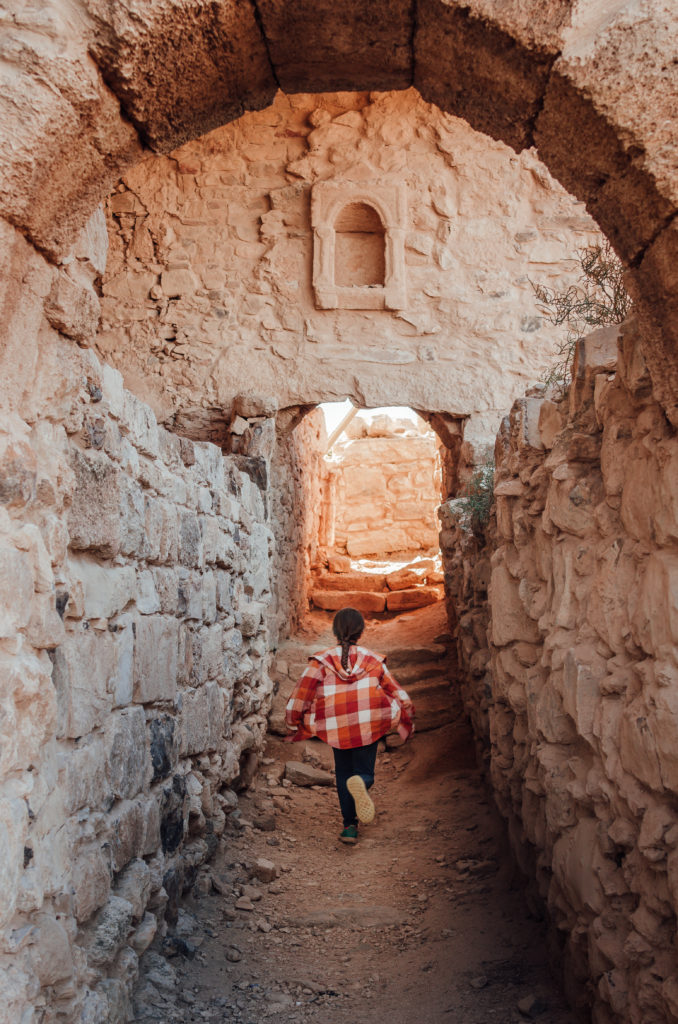
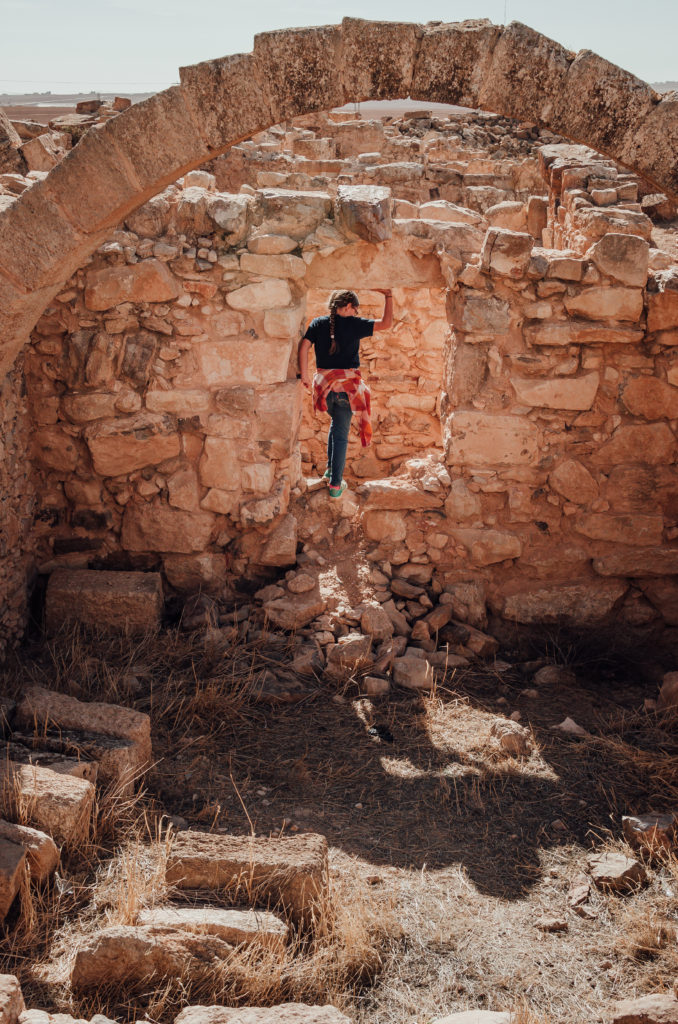
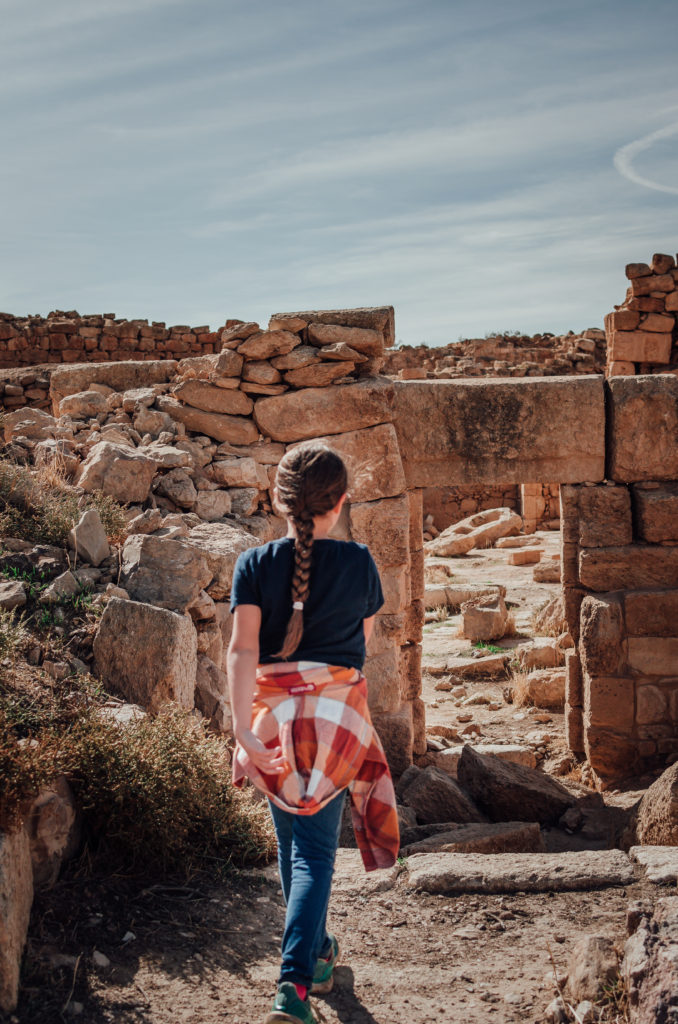
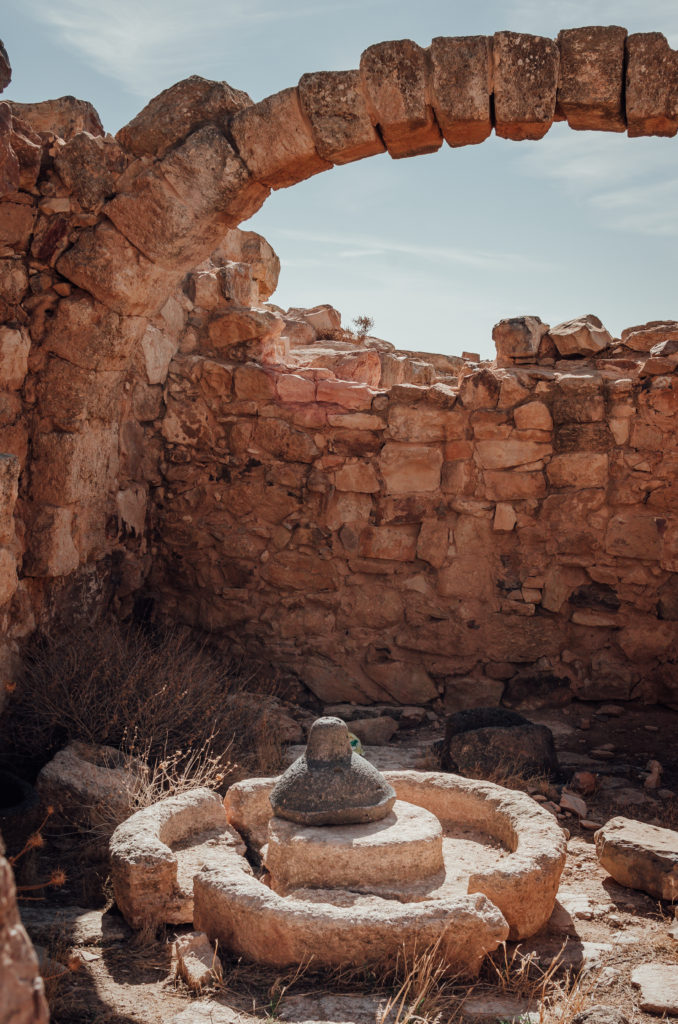
Interested in reading more about traveling in Jordan? Check out our other guides:
- The King’s Highway in Jordan: A Road Trip Guide
- Karak Castle: A Visitor’s Guide
- Petra Guide: Everything You Need to Know
- 2 Day Hiking Guide to Petra
- Hiking Wadi Rum: A 2 Day Bedouin Tour
Pin it For Later!

Leave a Reply